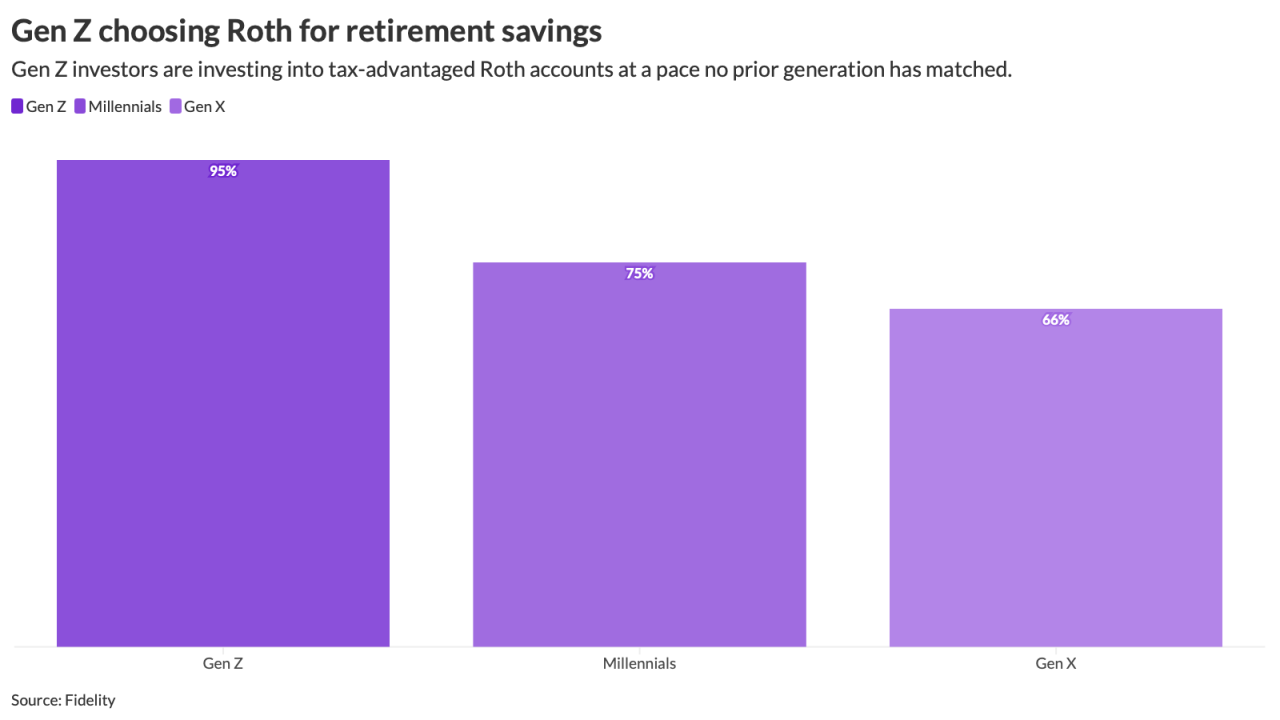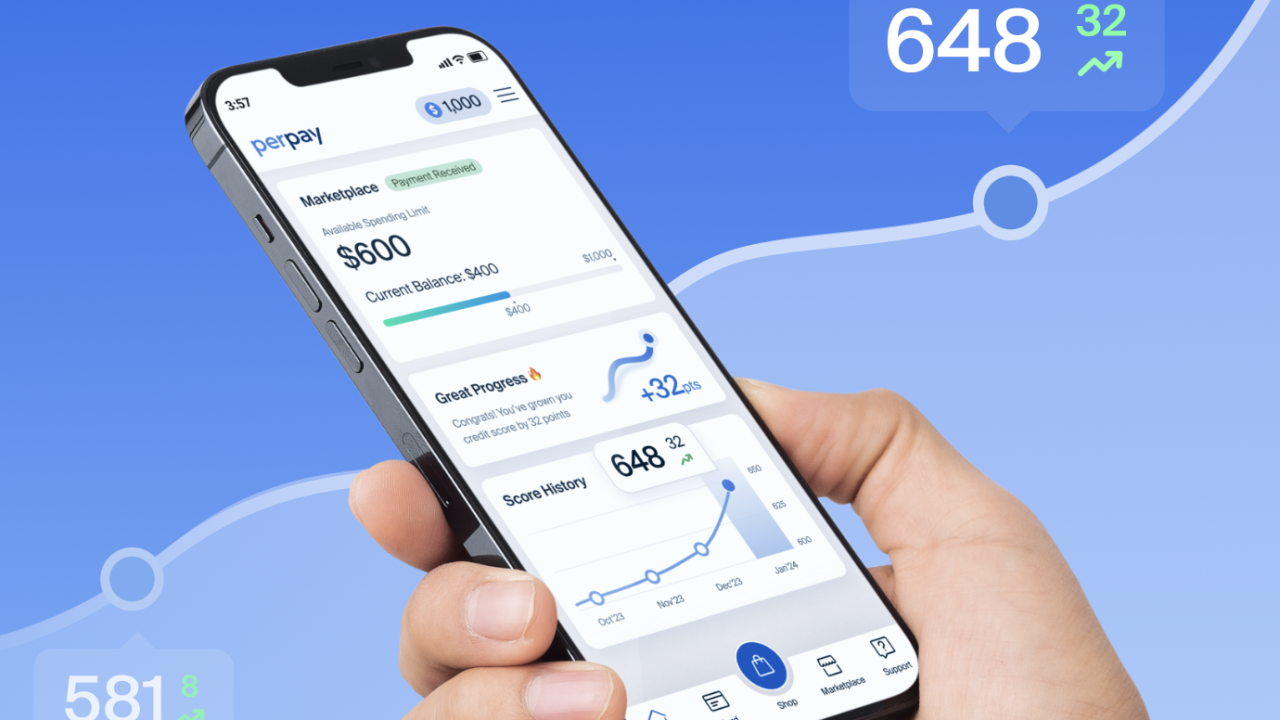(Bloomberg) -- Last week, Twitter became the latest tech company to announce an expanded parental leave policy, offering all new parents 20 weeks of paid time off. The tech industry seems to be leading the way among industries offering robust family leave—something most Americans don't have access to—and it may be thanks to a counterintuitive factor: The industry's notable lack of women.

In the last year, Netflix, Etsy, Facebook, and a handful of others have upgraded their policies to include more workers and more time off than ever. New York and San Francisco also passed landmark leave policies this month, but the majority of workers still rely on their employers for paid family leave. Jeffrey Siminoff, Twitter's vice president of inclusion and diversity, described the company's new policy as a way to be "inclusion advancing," which seemed to mean it seeks to include more employees than ever before.
But some point out that generous family leave has another purpose—it's a good public relations, recruiting, and retention play for tech companies hoping to fix their diversity problem. "They are not doing this to be nice at all," said Bruce Elliot, the manager of compensation and benefits at the Society of Human Resource Management. "They expect to make money on this one."
For these companies, progressive family leave comes at a relatively low price. It's cheaper to offer paid leave to a male-heavy workforce, because men tend to take less time off than new mothers. Twitter, as of 2014, was 70 percent male. The company hopes women will make up 35 percent of the company by 2016. Many tech companies have similarly imbalanced staffs. Facebook, per its diversity report, is 68 percent male; men hold 80 percent of Netflix's tech jobs, according to its diversity report. Etsy is the rare tech company exception to this imbalance, with 54 percent of employees identifying as female.
The reason men don't take leave is partly cultural. At companies that offer paternity or parental leave, men report feeling a stigma for taking time away from work. For their part, tech companies are at least paying lip service to changing the negative associations with paternity leave. Hoping to lead by example, Facebook Chief Executive Officer Mark Zuckerberg took two of the four months of paid leave that Facebook allows to care for his newborn earlier this year. Twitter says it will educate employees about the policy with roundtables called "New Moms and Moms-to-Be," "Dads On Leave," and "Managers of Parents On Leave." Etsy also says it will educate managers "on how to avoid workplace bias against mothers and fathers, and how to support their employees’ career aspirations through this period of life change," wrote Juliet Gorman, director of culture and engagement at Etsy, in a blog post. There's some evidence that culture can change, although slowly. Since California adopted a family paid leave law, the rate of men filing for the benefit increased from 17 percent to 26 percent in five years.

It’s International Women’s Day. Why women continue to lag behind men in terms of saving and planning for their future.
A younger workforce is also less likely to take advantage of the benefit. "Millennials aren't getting married or having families because of the debt that they hold," said Elliott. When asked how many employees Twitter expects to take leave in a given year, the company wouldn't offer any numbers and wouldn't disclose previous years's figures. "We do have a demographic that skews toward demos of any other tech company in the Bay Area—we skew younger than more traditional organizations."
Better leave policies, tech companies hope, will attract and retain female workers. "Part of it is the workforce in tech is very competitive," said Etsy's Gorman. "There's more demand and more amazing jobs out there than we can find talent to fill." There's a perks arms-race for high-paying, white collar work. The tech industry has zeroed in on leave because it has trouble hiring and keeping women. Twitter's Siminoff mentioned offering "the type of forward-looking thinking that matters" to potential hires.
For now, the parental leave revolution is limited to marquee companies, but the hope is that, as the hiring market gets more competitive, these moves will trickle down to companies with tighter resources.
Opower, a software company in the Washington, D.C. area, recently amended its leave policies after diagnosing an attrition problem. "Early last year, a number of mothers left the company," said Jim Kapsis, who works in regulatory affairs at the company and is on its parental leave committee. "It's hard to ignore when you have several mothers all around the same time leave the business. That certainly inspired us."
But unlike its high-profile peers, Opower didn't opt for a policy that gives equal time off to both parents, because it can't afford to. The company, which has more than 600 employees, offers four months of paid leave for primary caregivers and four weeks for secondary caregivers, up from four weeks and two weeks, respectively. "We don't think the ROI [return on investment] is there for making it the same for secondary caregivers," said Kapsis. Indeed, Opower says it could afford to offer the 16 weeks it does for primary caregivers only because of the gender makeup of its workforce. "One of the reasons we were able to do what we did is we have a lot more fathers than mothers," added Kapsis. "The idea that we're going to compete with the deep pockets of Google or Facebook or Netflix—we can't afford to."
In fact, industries that traditionally attract female workers often don't have paid leave policies. In education-related occupations and office and administrative support positions, women make up about three-quarters of the workforce, according to the Bureau of Labor Statistics. Only 15 percent of teachers and 16 percent of office and administrative support workers get paid family leave. The highest wage earners across industries get the most leave. Of the lowest 10 percent of wage earners, 4 percent have access to paid family leave. Of the highest 10 percent of wage earners, the rate almost quintuples, to 22 percent.
The solution to the as-of-now uneven coverage of workers, say advocates, is paid leave laws like those passed recently in New York state and San Francisco. "Ultimately, we need public policies," said Vicki Shabo, the paid leave expert at the National Partnership for Women & Families. "If you're offering very good benefits to high-wage workers, but it's up to each company, you're creating an even bigger chasm of income equality."





